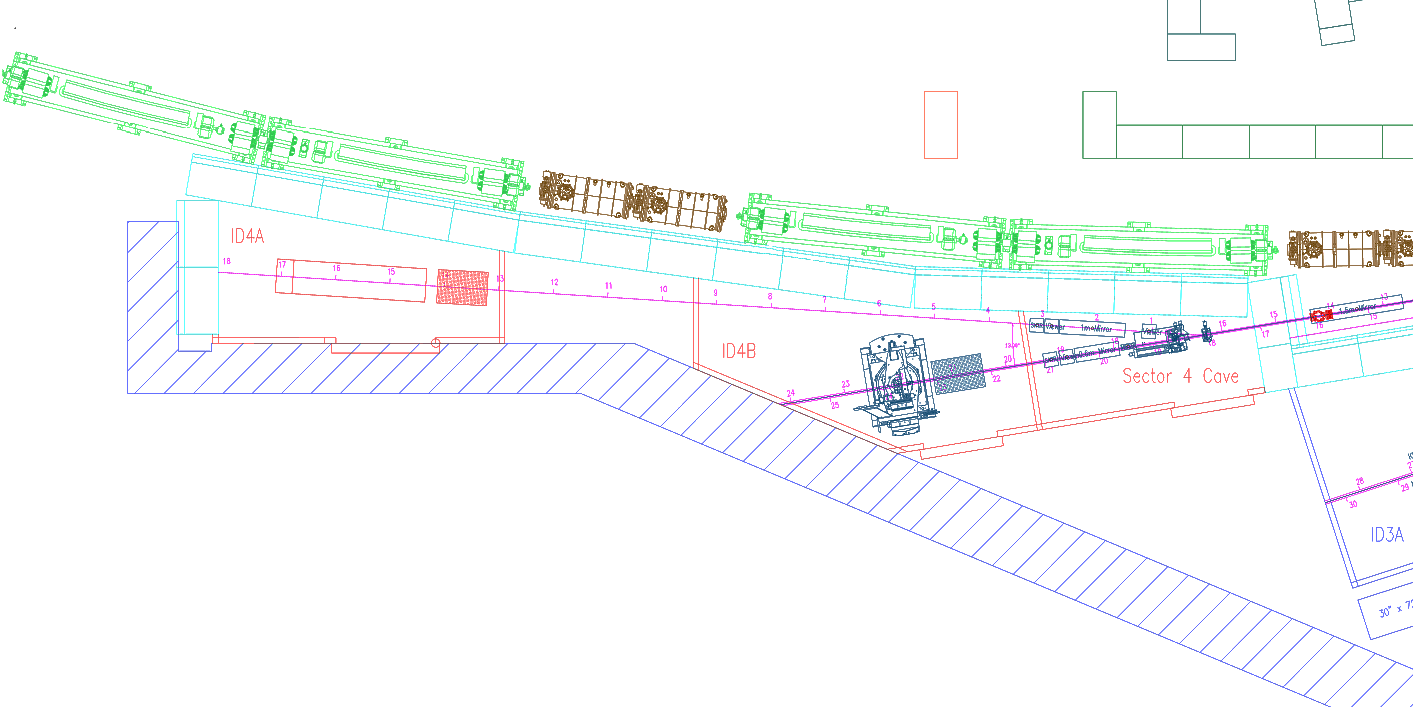X-RAY RUNS: Apply for Beamtime
2017 Nov 1 - Dec 21
2018 Feb 7 - Apr 3
2018 Proposal/BTR deadline: 12/1/17
2018 Apr 11 - Jun 4
2018 Proposal/BTR deadline: 2/1/18

The CHESS-U project has two major branches: 1) CESR will be upgraded to circulate only a single beam while also creating space for six new undulator X-ray sources, and 2) that forces CHESS to decommission six old experimental stations and build six new modern, more capable stations. The planning for the CESR upgrades is well under way, with Dave Rice leading the charge. The beamline project is being led by Chris Conolly. The beamline design process has taken a methodical path involving our user community, scientific advisory panels, and an external review committee that met on Friday, December 16th.
Some of you will recall that over the course of summer 2016 CHESS hosted six international workshops for the purpose of identifying the most important science that will need the CHESS-U source starting in 2019 and beyond. The outcome of those workshops was written up in a document "New science made possible by CHESS-U" (http://www.chess.cornell.edu/CHESS-U/sciencecase.html). That document was reviewed very favorably by an external NSF review committee this past October. This science case identified seven science areas where the upgraded CHESS facility can provide some of the world's best research tools.
The task for the CHESS scientists and engineers, then, is to figure out how to create new X-ray beamlines and experimental stations that will provide the new capabilities and research tools the future CHESS users will need. The L0 floor space presents a major challenge to this task. In particular, the best X-ray beamlines in the world are two to three times longer than the typical CHESS beamline (CHESS being about 20 meters long, versus 50-100 at other sources). The benefits of a long beamlines are threefold: 1) reduced heat loads on beamstops, apertures and x-ray optics by placing them further from the powerful undulator sources, 2) creating distance needed to insert effective types of X-ray optics that focus beams down to the smallest possible dimensions (1-100 microns, for example), and 3) longer beamlines create separation between adjacent lines and stations, which provides larger spaces inside and outside the experimental rooms for users to fit and position their equipment.
Given the constraints, though, the CHESS staff spent time this past Fall building conceptual models of how the X-ray beamlines could fit and how they could perform best. These conceptual designs were presented to a visiting committee on December 16th. The visiting committee included five scientists and beamline design leads from the three Department of Energy light sources at Brookhaven, Argonne, and Stanford. They heard presentations from Chris Conolly on "Project Overview, Floor layout and Existing Sectors", Jim Shanks covered "Upgraded Storage Ring Capabilities", and Stan Stoupin discussed "X-ray Optics Choices." Four scientists presented ideas for X-ray sector and station layouts and optics choices and performance calculations: Ken Finkelstein, Arthur Woll, Detlef Smilgies and Jacob Ruff.
The committee provided ample critique and comments throughout the day. Their enthusiasm as X-ray beamline builders was clear to everyone insomuch as their discussion points frequently morphed into brainstorming sessions about how best to meet an engineering challenge. The committee members freely forwarded plans and designs to us that have worked at their home light sources, and the conversations via e-mail have continued over this past week since the meeting closed. To study the feasibility of reusing designs from other light sources here at CHESS, design meetings this past week incorporated their 3D models into the conceptual designs to look for fit and/or possible upgrade paths.
We now look forward to getting a detailed report from the committee and are sure it will have lots of suggestions that will help us improve our ultimate X-ray beamline designs. Thanks to all who helped make this a successful review.
Submitted by: Ernest Fontes, CHESS, Cornell University
01/06/2017
